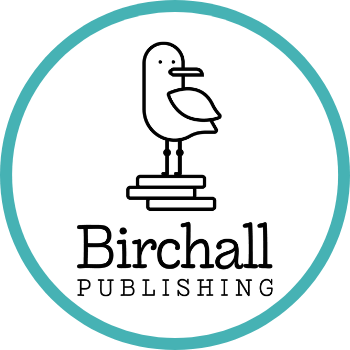Research shows that there are five essential components of reading that children must be taught in order to learn to read. Parents can help their children learn to be good readers by systematically practicing these five components when they read together:
1. Phonemic Awareness
Phonemic awareness is recognizing and discriminating sounds in words. Children need to be taught to hear sounds in words and that words are made up of the smallest parts of sound, or phonemes. Phonemic awareness is all about the ears rather than the eyes.
2. Phonics
Phonics is understanding the relationships between written letters and spoken sounds. Children need to be taught the sounds individual printed letters and groups of letters make. Knowing the relationships between letters and their sounds helps children to recognize familiar words accurately and automatically, and “decode” new words.
3. Reading Fluency
Reading fluency is developing the ability to read a text accurately and quickly. Children must learn to read words rapidly and accurately in order to understand what is read. When fluent readers read silently, they recognize words automatically. When fluent readers read aloud, they read effortlessly and with expression. Readers who are weak in fluency read slowly, word by word, focusing on decoding words instead of comprehending meaning.
4. Vocabulary Development
Vocabulary development is learning the meaning and pronunciation of words. Children need to actively build and expand their knowledge of written and spoken words, what they mean and how they are used.
5. Reading Comprehension Strategies
Reading comprehension strategies is acquiring strategies to understand, remember and communicate what is read. Children need to be taught comprehension strategies, or the steps good readers use to make sure they understand text. Students who are in control of their own reading comprehension become purposeful, active readers.

